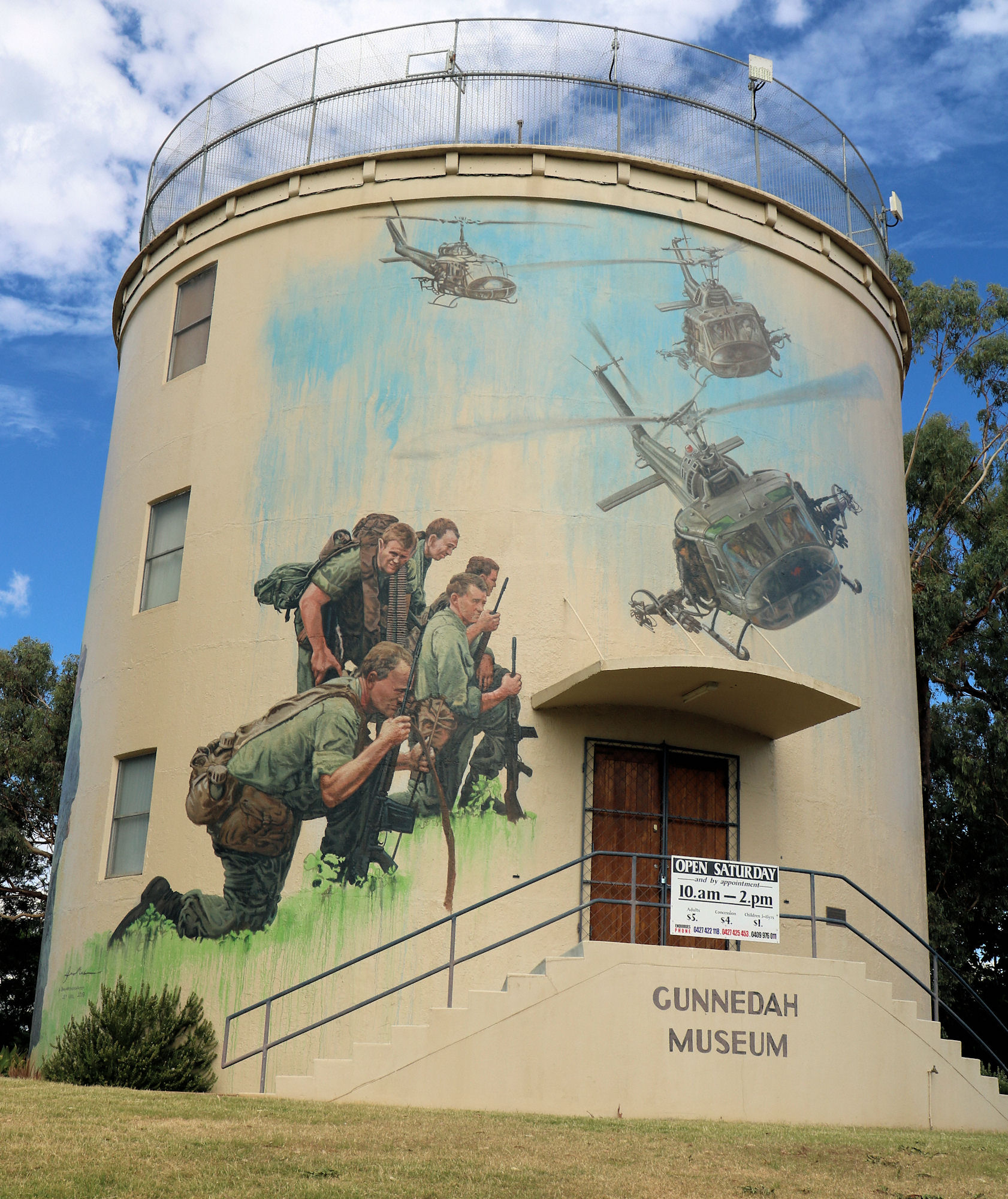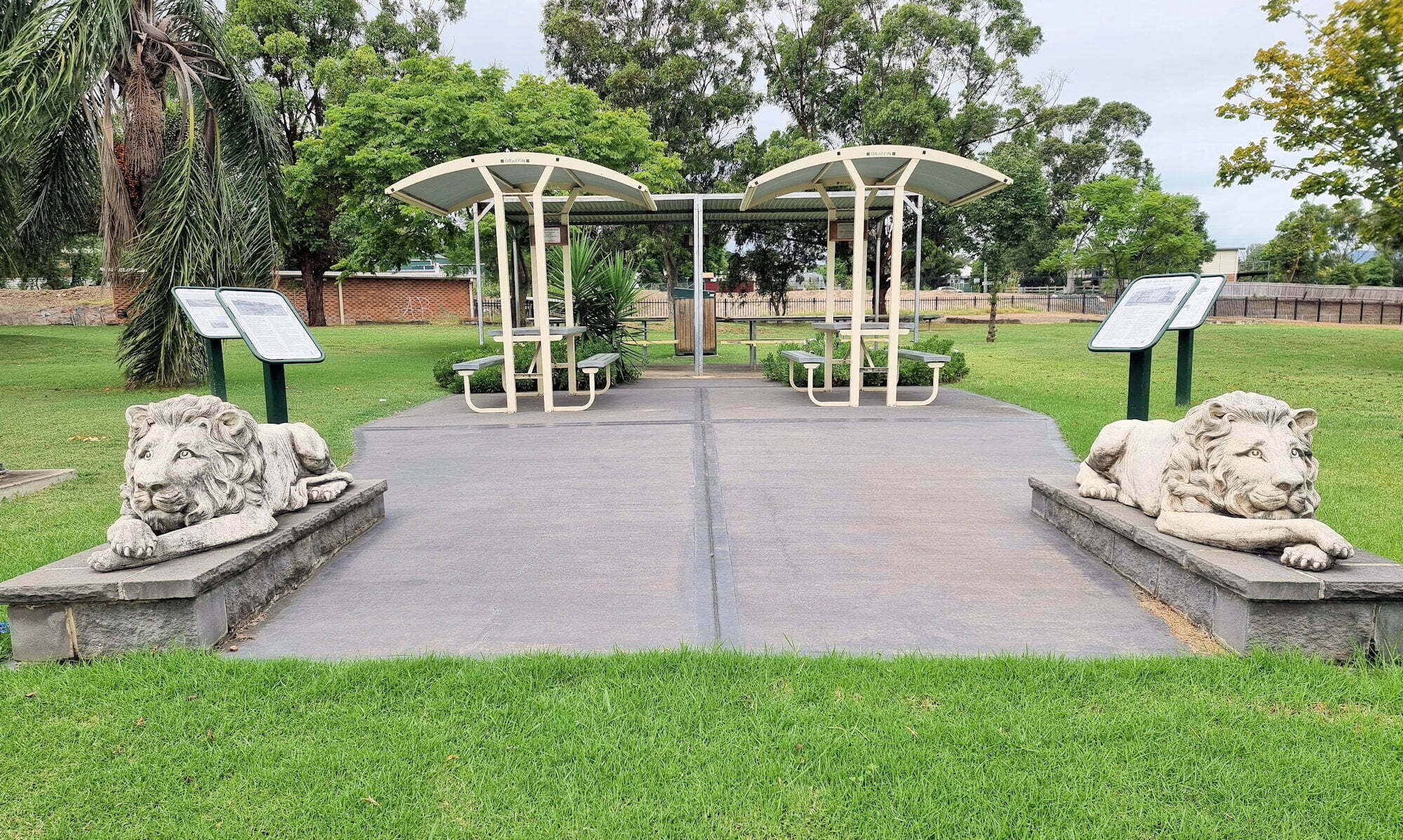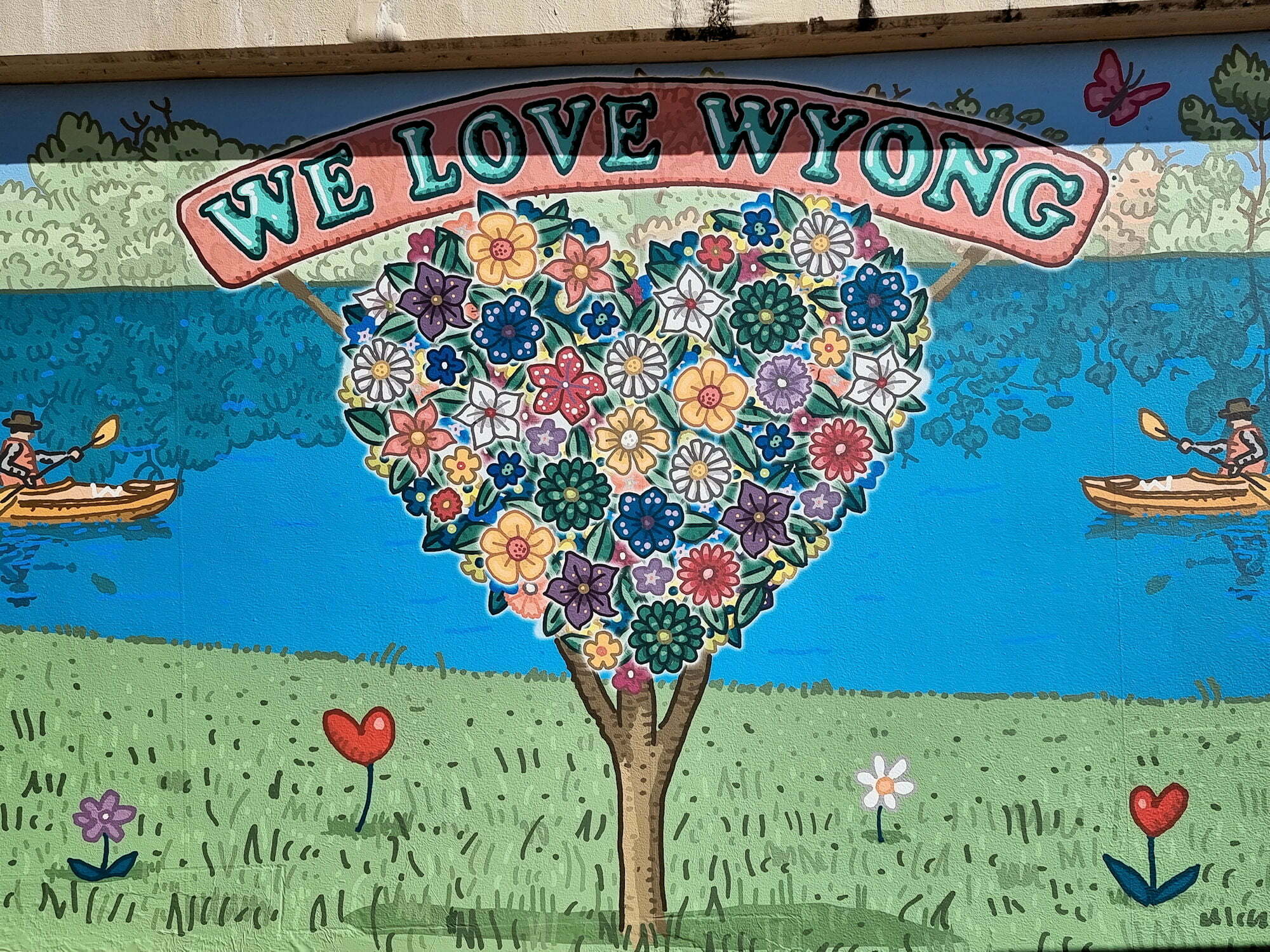Category: Military Memorial
-
Gunnedah Water Tower Museum

Gunnedah Water Tower Museum Located near the Dorothea Mackellar Memorial Statue, the Gunnedah Water Tower Museum is a must see if visiting the area. Parking is easy because of the car park near the memorial, or on the road outside. Only open on Saturday from 10 until 2 you need to time your visit ti… Read more
-
Aberdeen New South Wales Australia

Aberdeen New South Wales Australia Famous for its annual Highland Games festival, Aberdeen, New South Wales Australia (not to be confused with the one in Scotland) is surrounded by some of the richest horse studs in Australia. Apart from the Highland Games, we hadn’t stopped here before, because we are usually driving through on our… Read more
-
Wyong New South Wales

Wyong New South Wales Australia Located on the New South Wales Central Coast, Wyong is around an hour’s drive north of Sydney, or an hour’s drive south from Newcastle. We visited to see the historic building and street art as well as visiting Alison Homestead on the outskirts of town. Our first stop was the… Read more